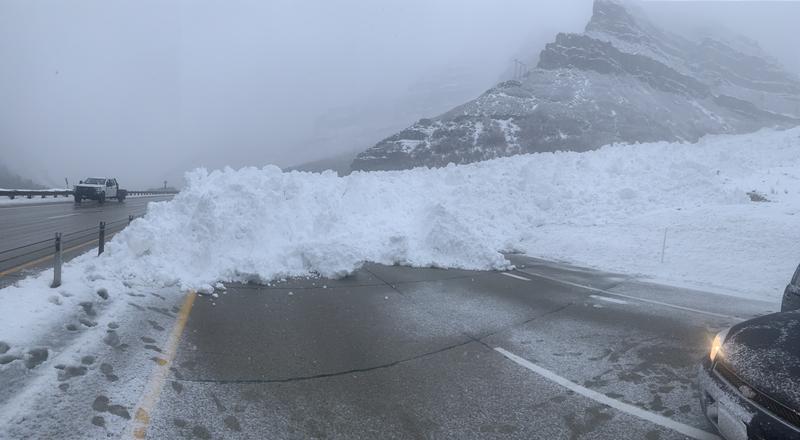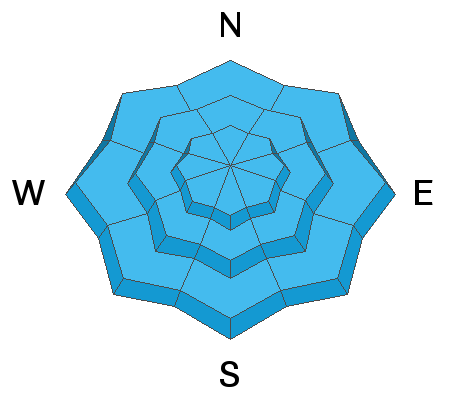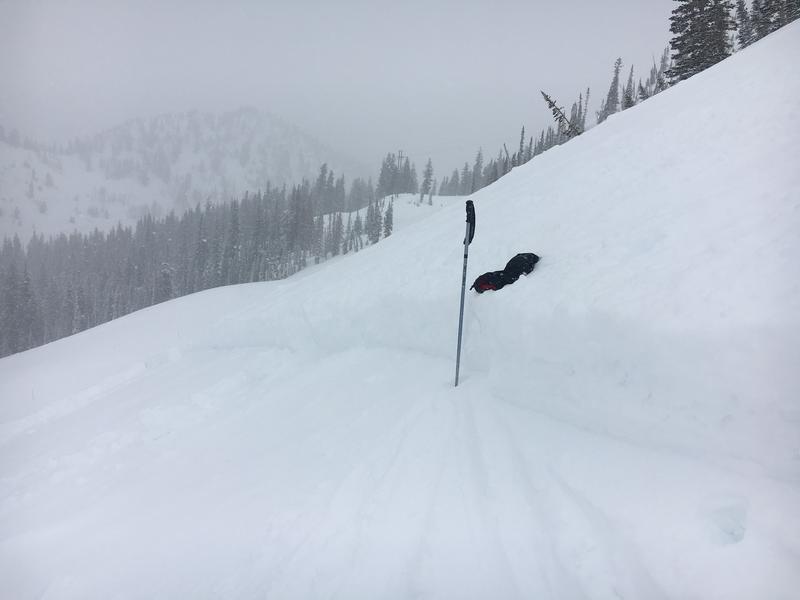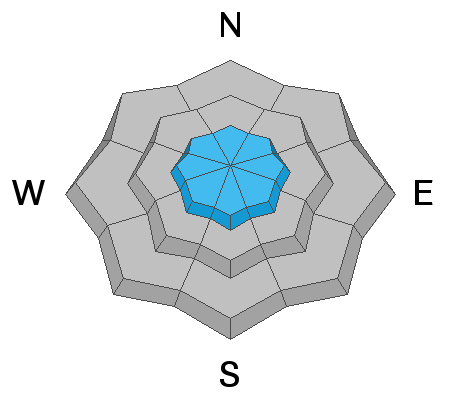Forecast for the Provo Area Mountains

Issued by Trent Meisenheimer on
Saturday morning, March 9, 2019
Saturday morning, March 9, 2019
The avalanche danger is CONSIDERABLE at all mid and upper elevation slopes. New snow avalanches 1 to 3 feet deep can be triggered, along the ridge lines and mid slope. It's also possible to trigger a much larger and deeper slide that breaks into deeper weak layers on aspects facing northwest through southest at the mid and upper elevations. Use cautious route finding and conservative decision making today.
The warm, new snow instabilities strengthen quickly, have patience for just a day or two before stepping into bigger, sustained steep terrain. For now, the vast untracked acres of surfy snow on lower angled slopes offer a much lower danger.
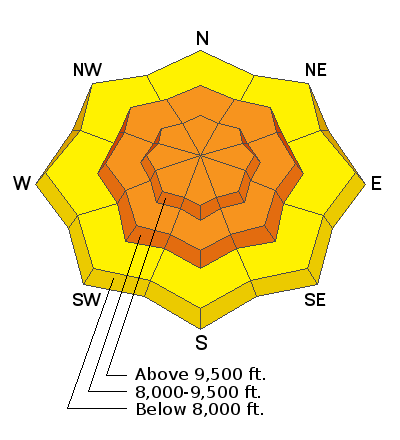
Low
Moderate
Considerable
High
Extreme
Learn how to read the forecast here


